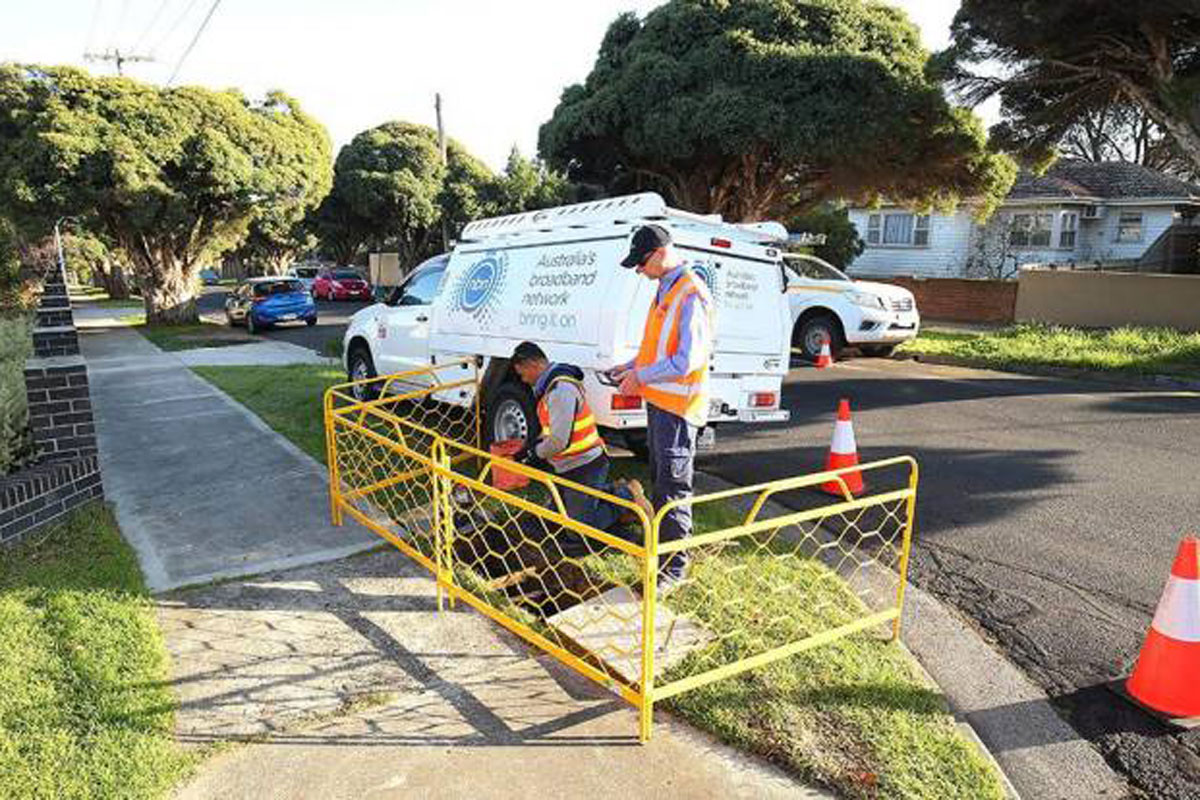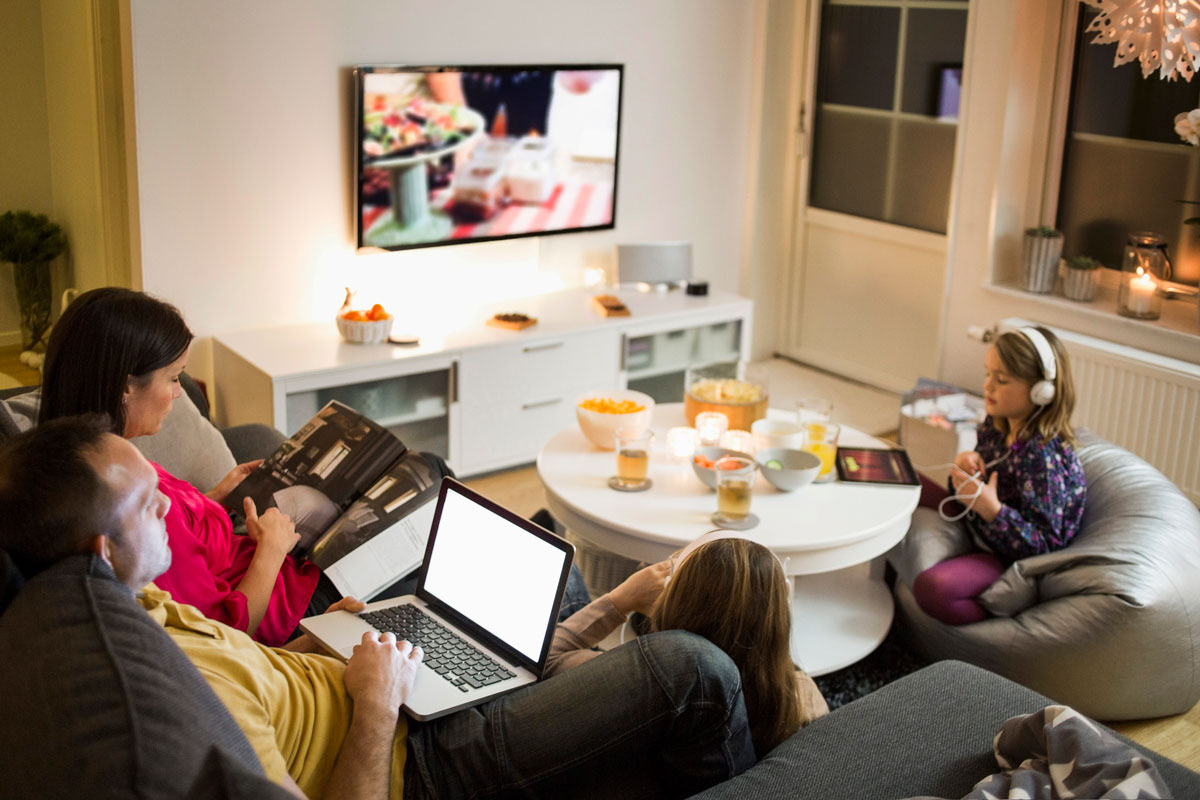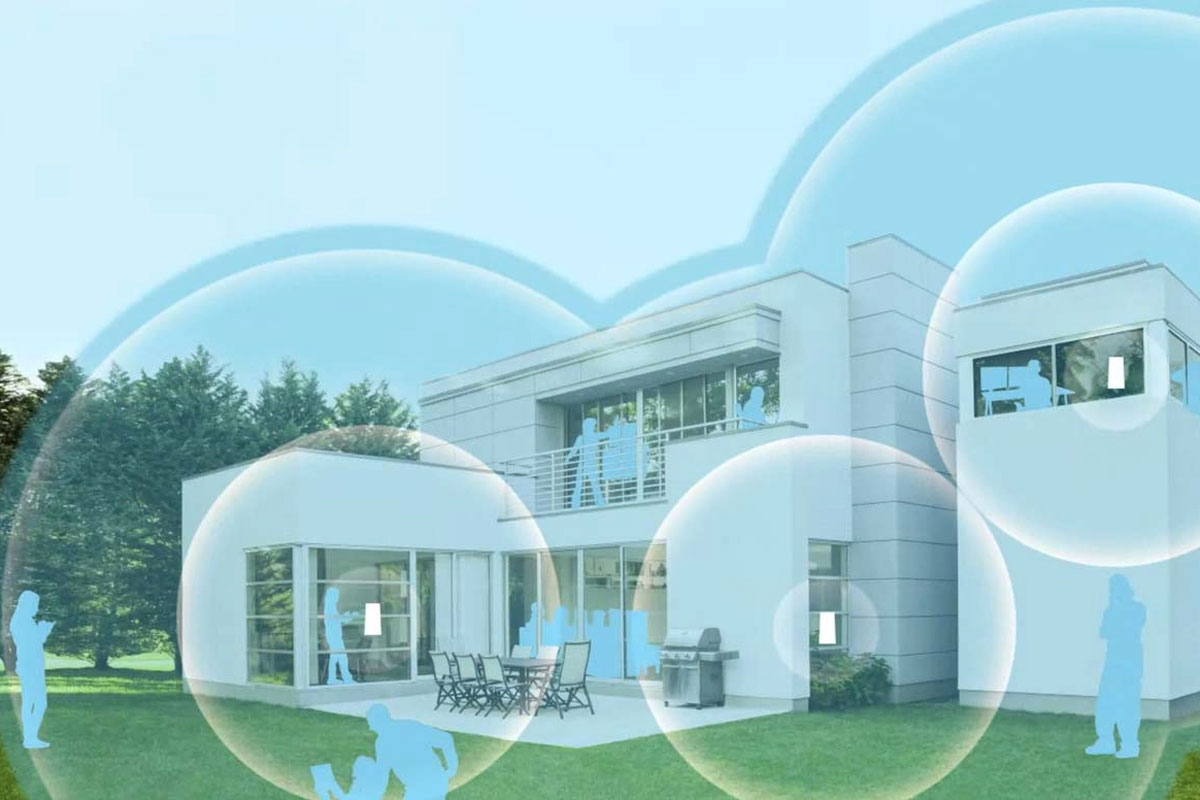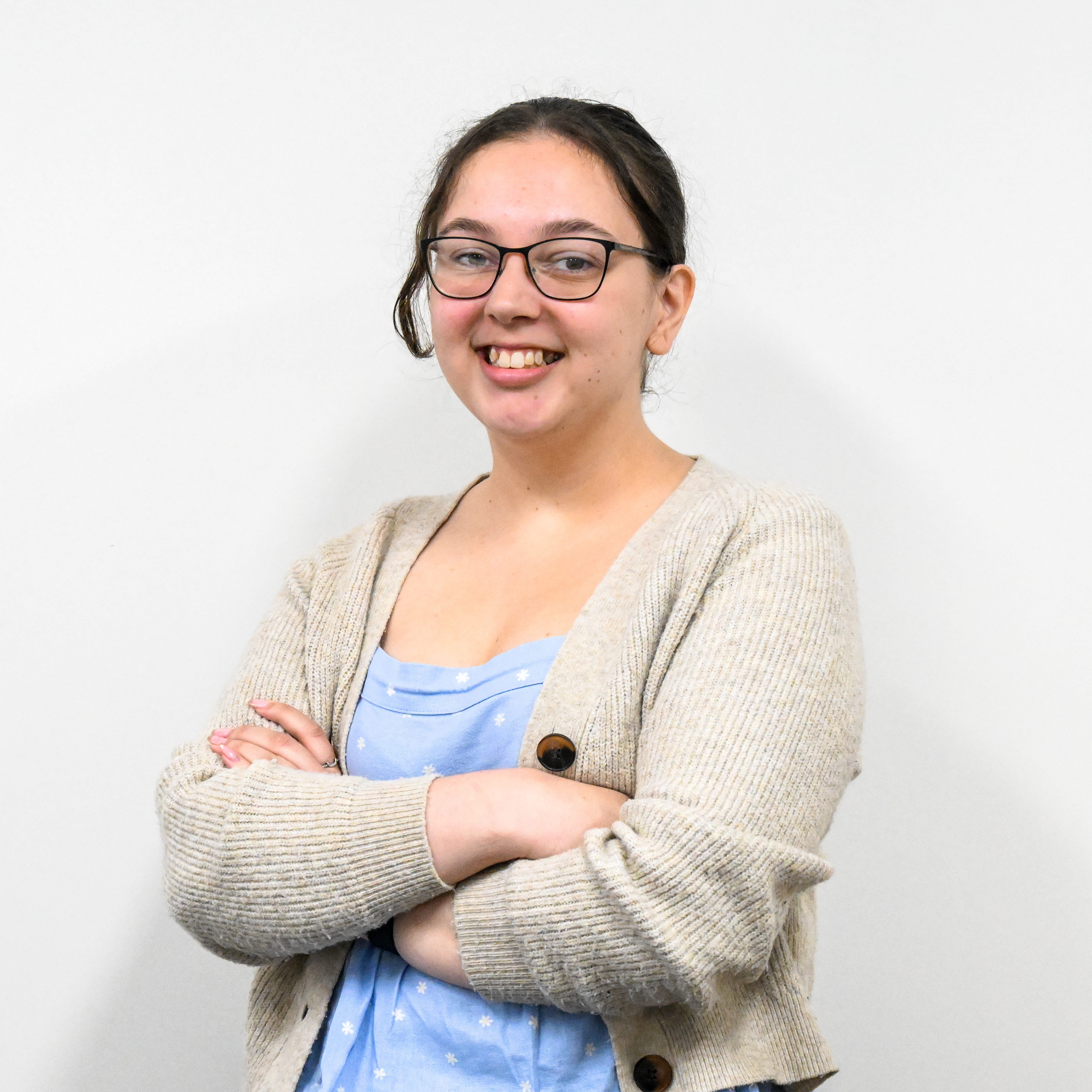NBN fibre upgrade: who can get it and how much does it cost?

The National Broadband Network's (NBN) free full fibre upgrade rollout to the superior fibre-to-the-premises (FTTP) technology is progressing well across Australia, but what does that mean for you as a consumer?
The quick answer is faster download speeds at home, brought on by upgraded fibre infrastructure. Sounds groovy, but how do you go about taking advantage of the NBN fibre upgrade? Allow us to explain all.
What is the NBN fibre upgrade program?
Why you can trust Tom's Guide

The NBN's free fibre rollout has continued to upgrade and evolve the existing FTTN network, with more than 9 million homes and businesses already able to achieve fibre-fast speeds.
According to an update published in March 2025, the company expects to upgrade around 90% of the network — around 10 million homes and businesses — by December 2025, providing access to the highest NBN speeds possible. The NBN will also provide new upgrade paths for the remainder of the network, benefitting around 622K homes and businesses, largely located in regional Australia.
The company expects that 95% of the 622K homes and businesses will have the option to upgrade to FTTP, whereas the other 5% require further design work to confirm the ideal upgrade path.
Stephen Smith, NBN's Executive General Manager, said at the time that "Fast and reliable broadband boosts industry, creates jobs, enables innovation, and strengthens social and economic participation".
"Our ongoing network investments are designed to uplift the digital participation and capability of Australia, and meet the needs of Australian homes and businesses now and into the future."
So, what does this mean for you? Well, if you’re currently on an FTTN or fibre-to-the-curb (FTTC) NBN connection type, then you might be eligible for an upgrade. If you’re not sure, you can either check the details of your NBN plan or head to the NBN Co website and enter your address.
And if you are, you could be 3 to 6 months away from incredibly fast download speeds.
How to upgrade your NBN for free
- Check you're in an eligible suburb
- Order an NBN 100 plan or higher
- Wait for the upgrade to occur
If you’ve performed a check to find out which NBN connection type you have (both FTTN and FTTC connections are eligible), and the NBN has announced that you’re in an area that is due for the FTTP upgrade, then there are a few things you need to do as a customer to be upgraded.
First, you will need to place an order for an NBN plan that offers speeds of 100Mbps or higher (check out our roundup of the best NBN 100 plans for some inspiration). This is because slower plans don't require fibre to function at their full potential, so if you elect to receive the free FTTP upgrade, then you're expected to sign up to a plan that can take advantage of it. Check out our complete guide to NBN speeds for more information.
Based on the NBN’s wording, your premises will only receive an FTTP upgrade if you order a new NBN plan through a participating NBN provider. A full list of such providers can be found on the NBN website.
Following the order of your new plan, all you need to do is sit and wait for the FTTP upgrade to occur. You will remain on your current NBN plan until an NBN technician visits your property to perform the upgrade.
However, you will need to ensure that you remember to cancel your current NBN plan before transferring over to the new FTTP plan. Since most NBN plans work on a no-contract basis, you can usually elect a day to have your service closed down as opposed to having to give 30 days' notice.
What suburbs are getting the FTTP NBN fibre upgrade?

The NBN has released a list of suburbs around Australia that are connected to the FTTN network and which have been selected to be upgraded to FTTP. There are far too many to list on this page (which is great news), but you can find a full list broken up by state on the NBN's website.
How much does it cost to upgrade my NBN?

Upgrading the NBN equipment at your home is free. The only cost you'll incur when switching to FTTP is the cost of your new plan with your preferred ISP.
Initially, at the launch of the rollout, NBN Co stated that FTTC customers had to order at least 250Mbps to enable the upgrade, while FTTN users could order a 100Mbps as the minimum. However, these restrictions have been amended now, as customers with either connection type able to get the free upgrade by signing up to a new NBN 100 plan.
Should I upgrade my NBN?

As our demands for how we use the internet continue to increase — such as wanting to stream 4K video, carry out more video calls or wanting our social media feeds to update as fast as possible — so has our need for faster internet.
But the NBN you actually need is better determined by the number of people living in your household and what you need the internet for. If you live by yourself, for example, then one of the best NBN plans for singles should suffice.
If you live in a household with five or more people and several devices connected to the internet, such as TVs, laptops, tablets and smart home devices, then you definitely stand to benefit from an NBN 100 plan or higher. If you are currently on an FTTN or FTTC connection, you may already find that your service struggles to keep up with your demands.
This can be especially true for FTTN connection types in particular, as the distance of your property from the distribution node can affect the real-world speeds you can achieve. This is because copper wiring carries the data signal from the node to your property, and the greater the distance the copper wiring has to travel, the more susceptible it is to interference and dropouts.
Any other options?

If you feel your current NBN plan doesn’t quite cut it in the speed stakes, there are still a few things you can do in an attempt to increase it.
Upgrade your current NBN plan
To begin with, you can look into upgrading your plan to the fastest possible speed supported by your connection type. Despite being due for an upgrade to FTTP, both FTTN and FTTC connections are still theoretically capable of achieving 100Mbps download speeds. Of the two, you’re more likely to achieve this on FTTC because of the shorter distance between the premises and the distribution point.
If you’re currently on an NBN 25 or NBN 50 plan, you can likely upgrade to an NBN 100 plan. While you may find you don’t achieve the full 100Mbps download speeds, particularly during the busy evening hours, there is still a good chance that you will achieve speeds faster than 50Mbps.
If you already have an NBN 100 or NBN 250 plan with an FTTP or HFC connection, you may be able to unlock either the NBN 500 tier or NBN 750 tier at no extra cost, thanks to the wholesale speed upgrades. Be sure to ask your provider about the new speeds, especially if your plan hasn't automatically migrated to the faster tier.
Upgrade your equipment
If you’re already on a fast NBN plan but not getting the speeds that you expect around your home, you can look into upgrading your equipment, such as your router. Although it is worth remembering that your router can’t work miracles, as it relies on a strong signal coming into it from your internet service provider (ISP) to then send it around your home.
If you find you’re getting a strong signal in a room close to where the router is positioned but a much weaker signal in other rooms of the house, you may want to look into investing in a mesh router system. A mesh Wi-Fi router system creates more points of connectivity around your home so that your devices will always be close to a strong Wi-Fi signal, rather than having to connect to one main router through multiple walls.
Get instant access to breaking news, the hottest reviews, great deals and helpful tips.

Lucy Scotting is a digital content writer for Tom’s Guide in Australia, primarily covering NBN and internet-related news. Lucy started her career writing for HR and staffing industry publications, with articles covering emerging tech, business and finance. In her spare time, Lucy can be found watching sci-fi movies, working on her dystopian fiction novel or hanging out with her dog, Fletcher.
